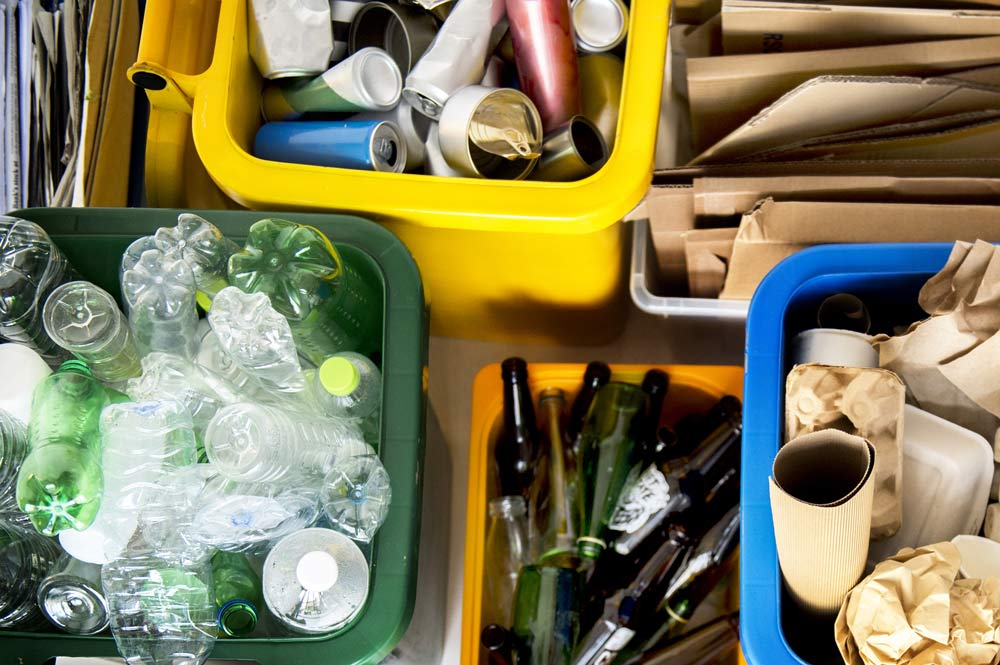What Makes Something Recyclable – a Difficult Question to Answer
Posted on: February 27th, 2020

When you think about the question what makes something recyclable, many of us believe it’s anything we can haphazardly toss into our municipal recycling bins. Doing so often creates a feeling of environmental euphoria, as though we just saved ten trees from being senselessly cut down in the Rain Forest.
But the answer to what makes something recyclable is far more complex than we assume.
In his book Household Waste Recycling, Richard Waite writes, “Recycling is not as simple a subject as many people might believe, and when it is taken as only one element of an integrated approach to waste management, this complexity is greatly increased in terms of the issues involved, the techniques to be selected and the financial and environmental evaluation which is necessary to ensure that real benefits are achieved.”
The Sustainable Packaging Coalition states that something is recyclable, “if it can be collected, sorted, reprocessed and ultimately reused in manufacturing or making another item”. This is also defined as sustainable products, which are easily repurposed into other items with little to no harm to society or the environment.
As Waite says, it is just “one element of an integrated approach”. For example, just because something is sorted out from other items to be recycled, doesn’t mean it’s recyclable. Just because something could be reprocessed into something new, doesn’t mean it’s recyclable.
In short, something is really only recyclable if there is a substantial likelihood that there is a viable market willing to purchase and re-use the collected material. Molded pulp solutions are a viable example as paper products have a recycling rate of 65.9% (compared to plastics which have a 9% rate) as identified by the EPA’s most recent findings.
If not, it winds up heading back to landfills, though many of us believe that doesn’t happen if it’s placed in our recycling bin. Some communities will often tell residents differing information on what is accepted curbside, regardless of the fact that they’re sending their materials to the exact same processing facility.
Additionally, understanding what can and can’t be recycled in our society is confusing and unclear. From the Sustainable Packaging Coalition:
“A constant flux of new packaging innovations and an evolving landscape in U.S. recycling infrastructure means that it is nearly impossible for the average person to know what is recyclable and what is not. Sometimes it’s clear — traditional steel soup cans are recyclable — but often, the things that make something recyclable are either literally invisible to our eyes or not widely understood.”
Back to the question of what makes something recyclable. The answer differs from community to community; state by state. Until there’s a standardized, national plan put in place when it comes to what is and is not recyclable, we recommend you call your local municipality or your waste management company for the most accurate answer.
Why choose fiber?
Learn more about our sustainable fiber solutions and how they can help your business reduce its environmental footprint.
Learn More ☰ Menu
☰ Menu